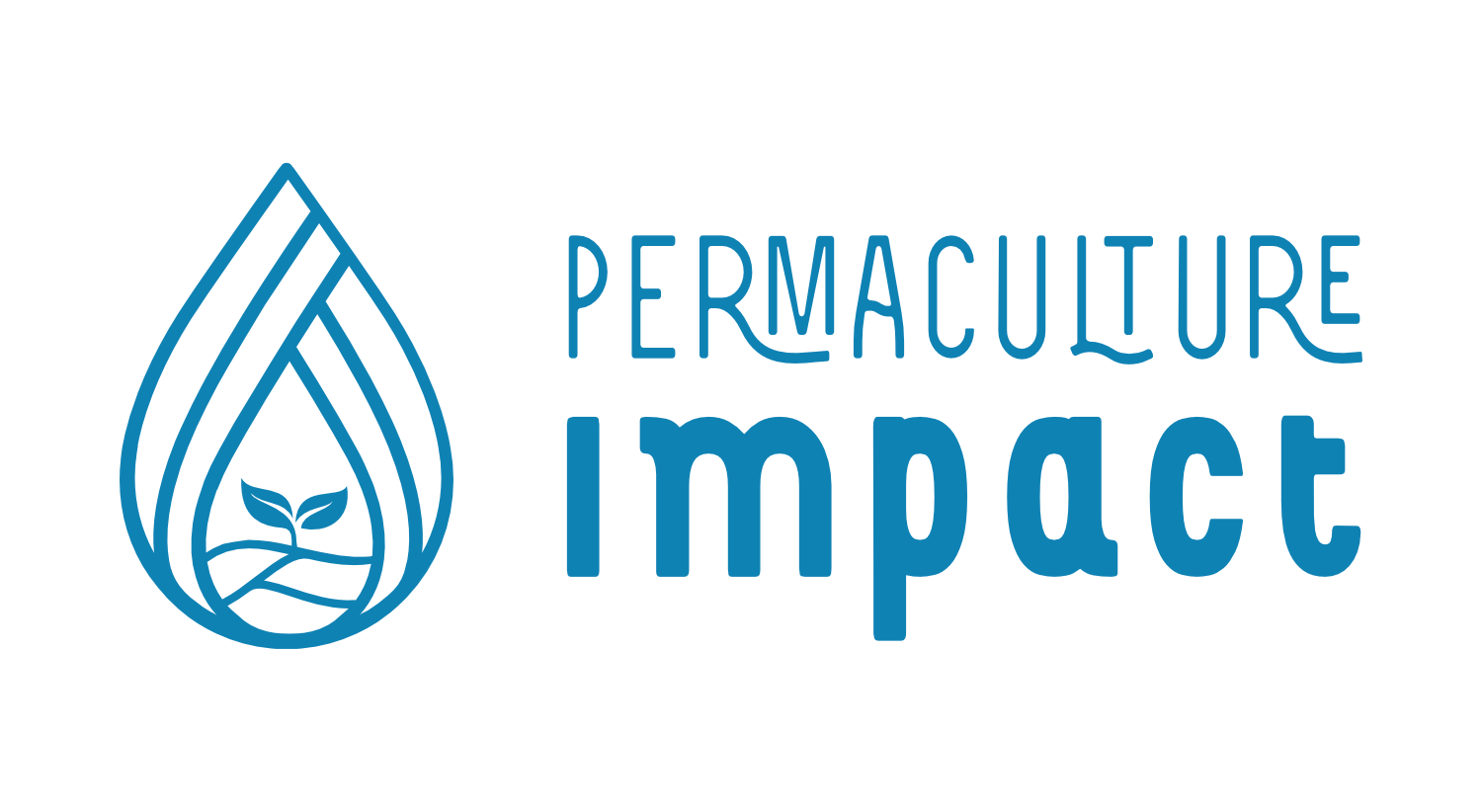The importance of soil monitoring and evaluation (M&E)
First of all, we need to define what is Monitoring and what is Evaluation.
Monitoring is the continuous collection of data within a fixed time period, at specific intervals and points in time relative to the project’s start.
For example, a standard time frame for monitoring soil is five years, with baseline data collected at the beginning of the project, before any of the project’s activities have been implemented. Then a ‘midline’ monitoring exercise is done, where data is collected 12 and 36 months later. Finally, the ‘5 year’ data is collected at the end of the monitoring cycle.
Evaluation is the analysis of the data collected over time, comparing data received from each of the monitoring cycles.
Once all of the data has been received, it is time to compare baseline data with midline and final (e.g. 5-year) data from each monitoring cycle. This process helps you to assess how ecosystems and people are changing for the better.
Soil testing and improvement vs. typical funded project timescales
Your soil testing plan may take longer to complete than your current (or any) grant funded project timetable. Nevertheless it is important work and will be valuable for demonstrating the impact of your organisation and its work over the long term.
4 Reasons to Make a Soil Testing Plan
-
- To measure your impact: In today’s complex and dynamic development landscape, the importance of a Monitoring and Evaluation plan is more crucial than ever. As we work towards restoring ecosystems around the world, it’s essential that we learn how to track progress. Being able to measure the efficacy of the restoration plans and actions is key to the success of any project.
- To assess and validate different methods and techniques that your project is doing: Measuring different indicators against a matched reference site/control, allows us to see the results of the different implementations and choose the effective techniques so that we can replicate them. It also helps us identify unsuccessful techniques to avoid reusing them in the future. You will learn if your cover crop roots are improving soil structure, or if your new grazing system is stimulating microbial life and so on. All this information is available to you through simple, low cost tests, and acts as your guide for how to improve your soil health.
-
- To learn, improve, and share with the community: The M&E of different indicators to create data over time is very valuable in order to improve and share about the best practices in the region. The data emanating from these activities has the potential to contribute to local and global research on ecosystem restoration.
- To provide valuable information for accountability and transparency: Donors, funders, and other stakeholders expect organizations to be accountable for the resources they receive and demonstrate the impact of their investments.
Having a Monitoring and Evaluation plan is essential to improve restoration efforts on the ground; to build and learn from a global restoration database; to increase transparency and share the impact of ecosystem restoration; and, last but not least, boost restoration with much-needed funding.
Action Learning 1.5: What zones of your project do you want to check if it tackles soil health? How many zones? Where are they located? How is the access?
- Zones of reference: number and description
- Zones under restoration: number and description
